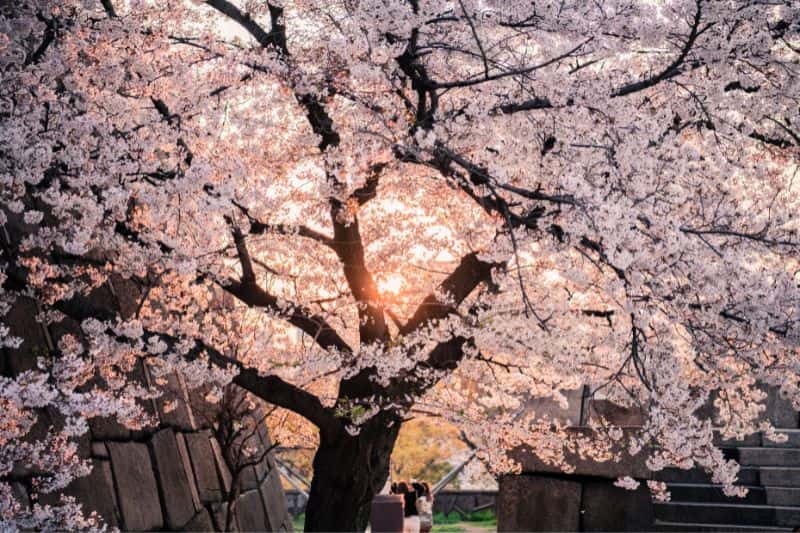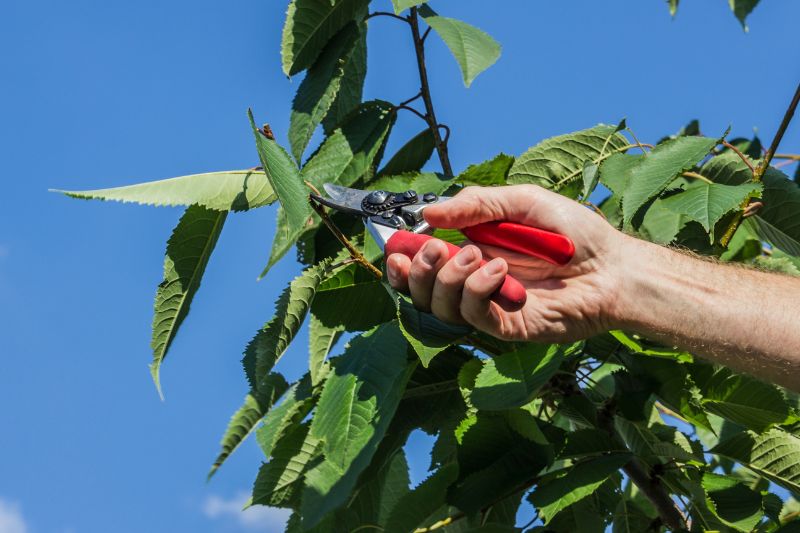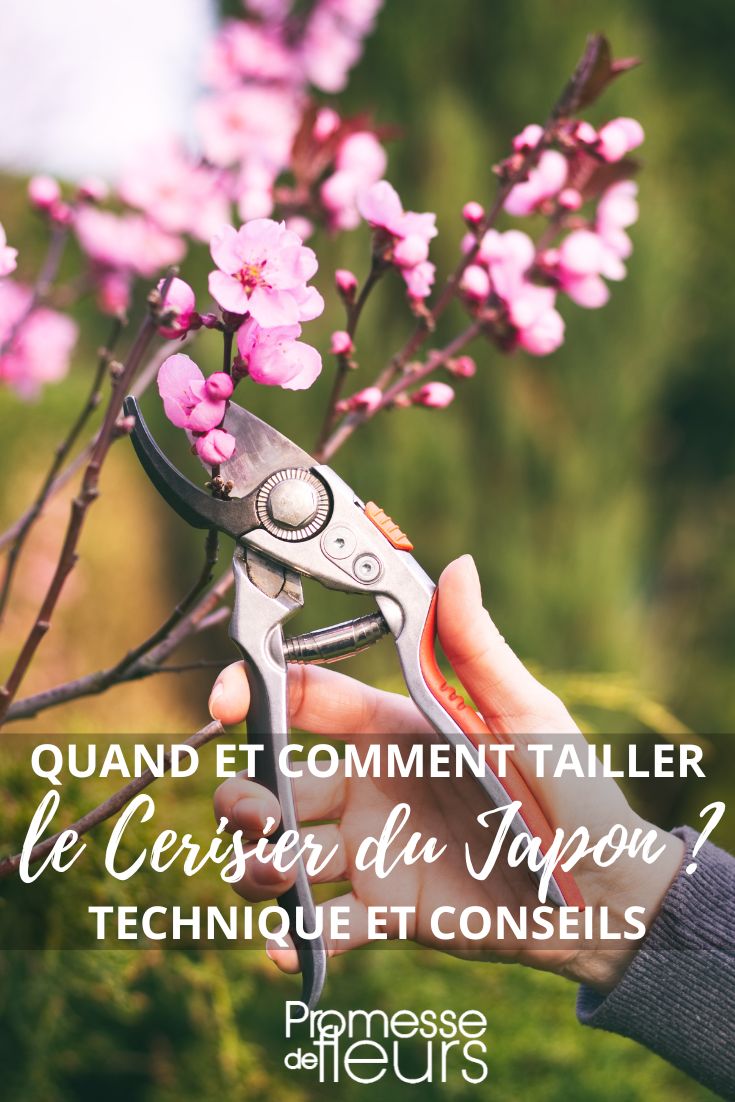With its delicate, colourful flowers, the Japanese cherry brings a poetic touch to the garden. For this majestic tree with spectacular flowering, pruning is not obligatory, but may be necessary to maintain its health. In this practical guide, we walk you through the steps to prune your Japanese cherry, emphasising the ideal timing for this operation and the techniques to use.

Why pruning the Japanese cherry?
With their spreading, majestic habit, Japanese cherries do not necessarily need pruning. If your tree has a balanced, coherent habit, it is best not to intervene. However, if it becomes too large for your garden, if it has unbalanced or diseased branches, a light pruning may be required. This can also help prevent disease by aerating the structure. But be careful, inappropriate pruning can damage the tree. That is why it is essential to follow precise steps and prune at the right time.
When to prune the Japanese cherry?
Pruning Japanese cherry should be carried out just after flowering, usually between late spring and early summer. Why this specific time? Pruning at this stage allows the tree to heal quickly without compromising next year’s flowering. Avoid pruning in winter or early spring, as this can expose the tree to disease and affect flower production.
How to prune the Japanese cherry?
Before you start
Ensure your pruning tools are well sharpened and disinfected to avoid transmission of disease. You will need a pruning shear, a pruning saw for thicker branches, and possibly loppers for intermediate or hard-to-reach branches.
Pruning steps
1- Start by removing branches that appear dead, broken, diseased or infested with parasites.
2- Remove branches that cross or grow towards the inside of the tree to allow air and light to circulate.
3- If necessary, reduce the tree height and lateral branches to maintain the desired shape and make the tree easier to manage. Keep in mind this step should be done in moderation to avoid stressing the tree.
Tips for successful pruning
- Always prune just above an outward-facing bud to encourage outward growth of the tree.
- Avoid pruning too many branches at once; a general rule is not to remove more than 25% of the canopy at each pruning.
- After pruning, apply a grafting sealant on major cuts to protect the tree from disease.
- Pruning of Japanese cherry should not be a systematic annual operation. Assess your tree’s needs each year, but intervene only when necessary.

Aftercare following pruning
After pruning, it is important to care for your Japanese cherry to ensure good recovery and healthy growth. Water regularly, especially during dry periods, and apply an organic mulch to retain soil moisture and provide essential nutrients.
































Comments